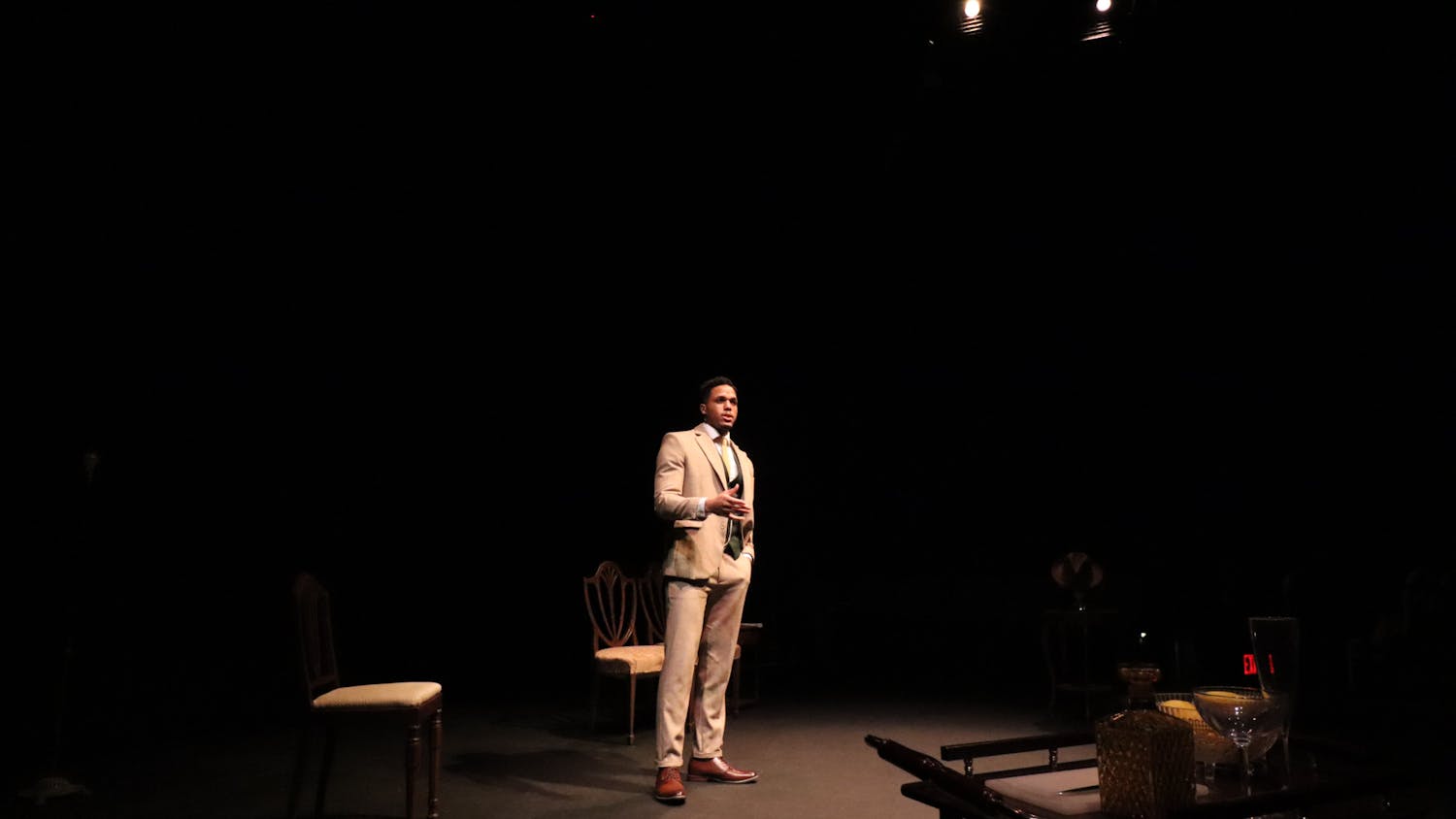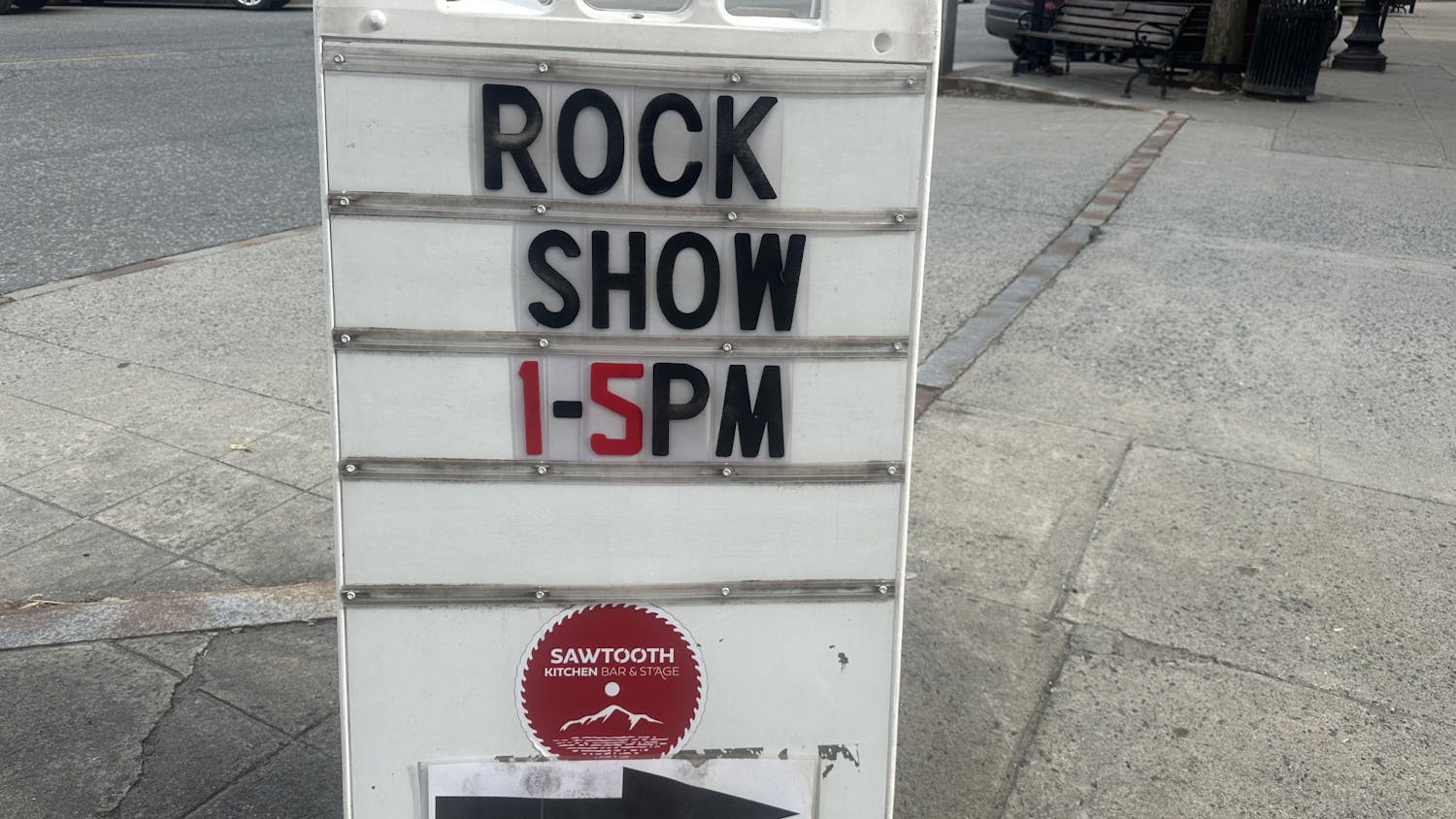Why do we watch music videos? Are they just advertising, or can they tell an insightful narrative?
Take the music videos from two songs on this week’s Billboard Hot 100 list – Taylor Swift’s “Shake It Off,” number one, and Hozier’s “Take Me to Church,” number 10. Swift’s video was uploaded in mid-August and has more than 250 million views, while Hozier’s video, uploaded in September 2013, has 22 million views.
You may be thinking, “So what, Swift has more views — what are you saying?” First, the views differ by a power of 10 – 200 million views. Second, these numbers illustrate viewers’ preference for in your face, gaudy and special effects-laden videos over those with an authentic narrative.
Swift’s video centers on her own awkward dance moves. Hozier’s song calls attention to violence against LGBT-identifying persons. Sure, Swift’s song is hyper-shareable – her dancing was well described by Forbes Magazine as “quirky and hard to dislike,” and the tune is catchy.
But is there something sinister to this? With a few notable exceptions, music videos today communicate less commentary about relevant social and political themes than those from 10 years ago. More broadly, I’d argue that the music video as an art form is largely declining.
To start, take the top five most-watched music videos on YouTube today: Psy’s “Gangnam Style” (2.13 billion views), Justin Bieber’s “Baby” (1.1 billion views), Jennifer Lopez’s “On the Floor” (790 million views), LMFAO’s “Party Rock Anthem” (768 million views) and Eminem and Rihanna’s “Love the Way You Lie” (764 million views). None of these songs provides a social or political statement — rather, they promote bread and circuses.
Just in the last year, popular videos have relied on artificial “wow” factors — special effects, costumes and makeup -— to entertain. Katy Perry, for example, portrays ancient Egypt with scantily clad girls and blue-tinted men. What Yeezy was attempting to portray in “Bound 2” confounds me, as does the popularity of Ylvis’s “The Fox” (What Does the Fox Say), except for its absurd and perhaps parodist portrayal of club music.
Why do I remember watching Blink-182’s “All the Small Things” circa 2000? I was in awe of its critique of the success of boy bands like the Backstreet Boys and ’N Sync as well as pop princesses like Britney Spears and Christina Aguilera. Even if the music video helped shoot the band to success, at least it was witty and fun as it parodied pop culture.
Sure, not every music video can be as great as Michael Jackson’s “Thriller,” OK Go’s “Here It Goes Again” or Weezer’s “Buddy Holly.” But many recent productions lack a meaningful narrative, choosing to pan over outrageous party scenes and disjointed flashes of the unrelated but gaudy — Lady Gaga’s lipstick gun and papal attire in “Judas,” for example, jumps to mind.
Our generation caused this phenomenon, a sad but true fact. Symbolic videos with meaningful narrative are an anomaly in the age of short-attention spans and digital viewership. Videos with ridiculous, tangential dancing and stereotypical club floor raves have one purpose — consumer targeting. These videos get disinterested young adults to click on their Facebook newsfeed.
Large sticker price videos are also not an economically viable way to promote songs in the age of digital pirating. In a spoof video from 2012, comedian and filmmaker Brian Firenzi plays Michael Destiny, a purported MTV network executive, advising bands that they are better off operating a free Twitter account than investing lavish amounts of money into a music video. Though the clip mocks MTV’s switch to reality content, his character’s advice is good. Low budget videos that generate clicks, not reflection, are the norm, especially as fans will pay less and less money for content.
Perhaps artists can get corporations to split the cost through product placement, though that hardly bodes well for artistic integrity. Sure, one could imagine Swift splitting the music video cost with Keds or Perry with CoverGirl, but who will promote a hard-thinking artist like Hozier?
Fortunately, we’ve seen members of the Dartmouth community produce meaningful music videos. Jake Gaba ’16, Yesuto Shaw ’15 and Jeremy Thibodeau ’14, for example, produced a version of Pharrell Williams’s “Happy” in the spring that gave the campus something to smile about.
In the video, scenes of students, faculty and staff dancing and lip-synching — with various levels of talent -— around campus captured joy and passion for being at Dartmouth. Many of the shots mimic those of superficial mainstream productions, but the video aimed to reach out and draw smiles as the winter months were finally wearing away.
The ridiculous dancing and cross-campus journey isn’t a disconnected dance compilation like “Shake It Off.” Rather, the music video reaches out to a specific audience and encourages the community to feel good without any ulterior motives.



